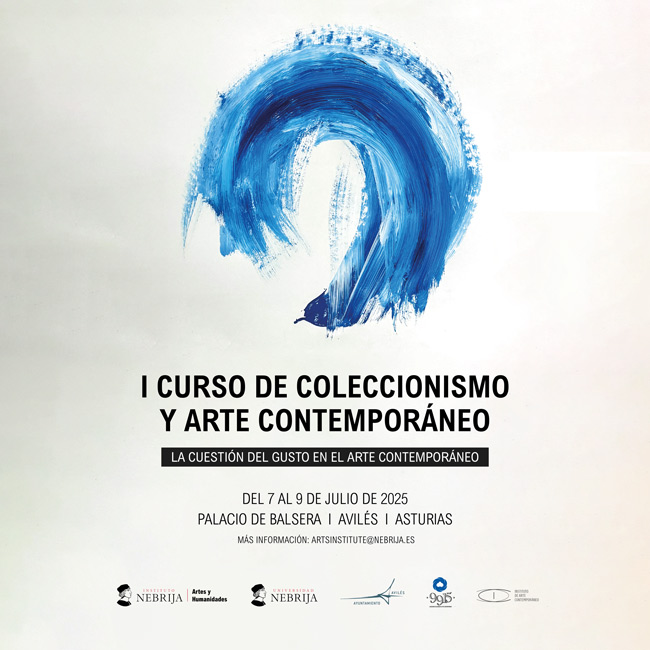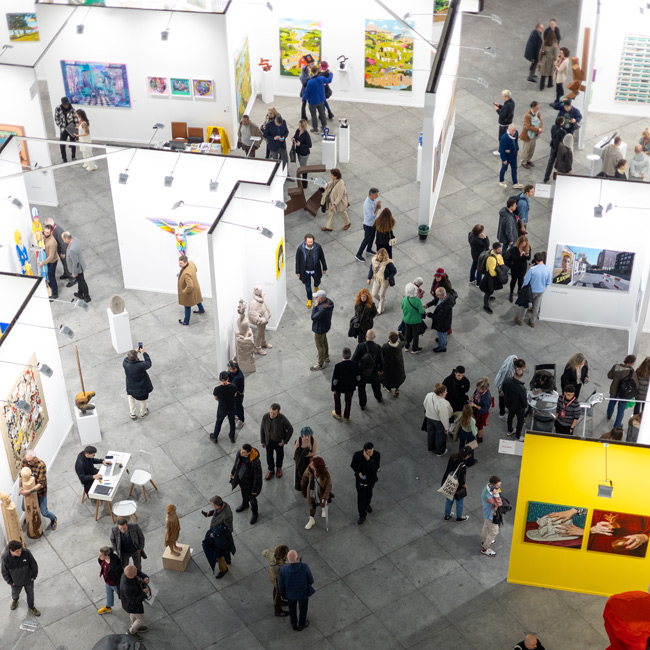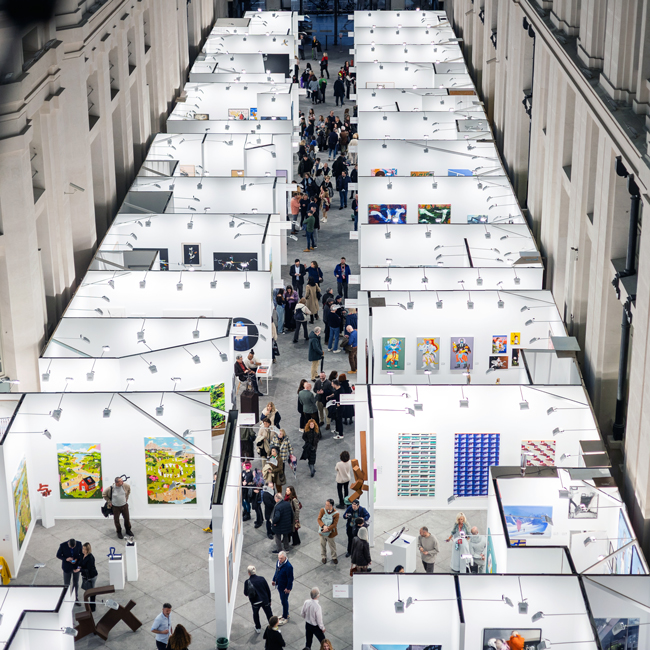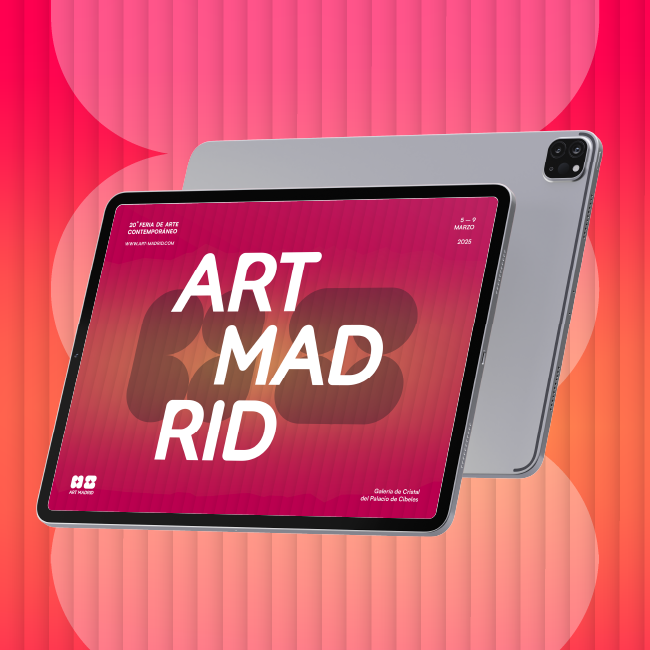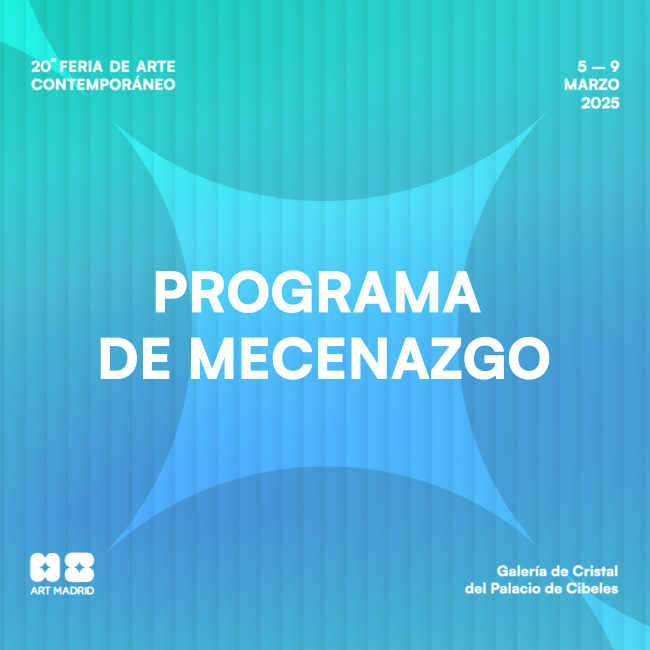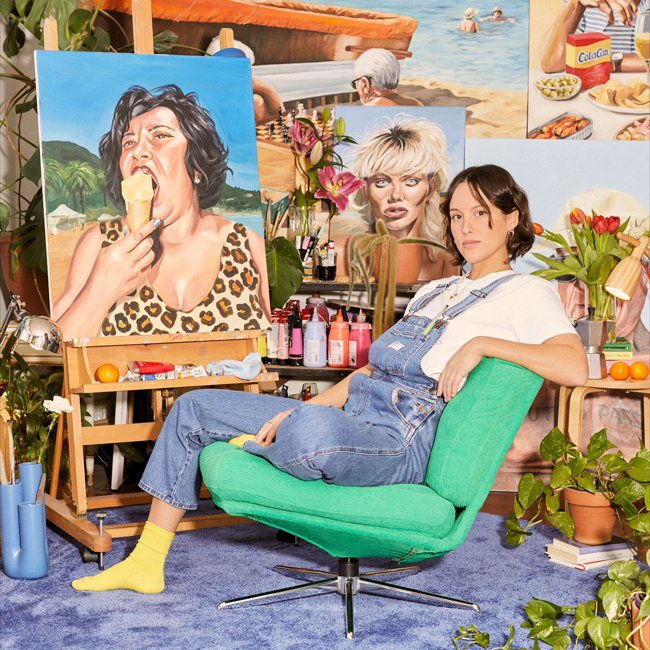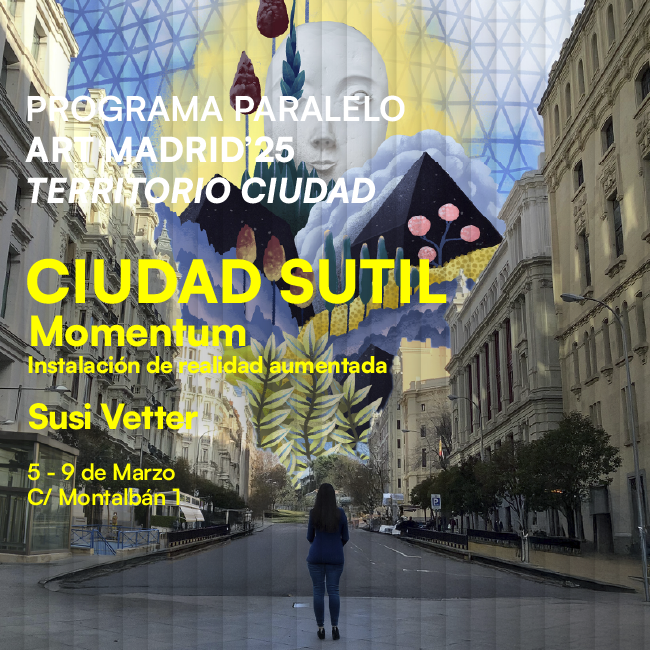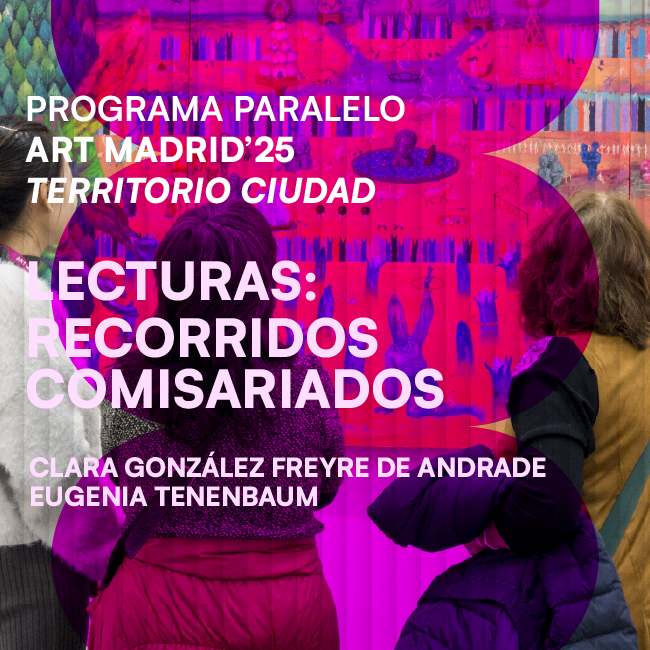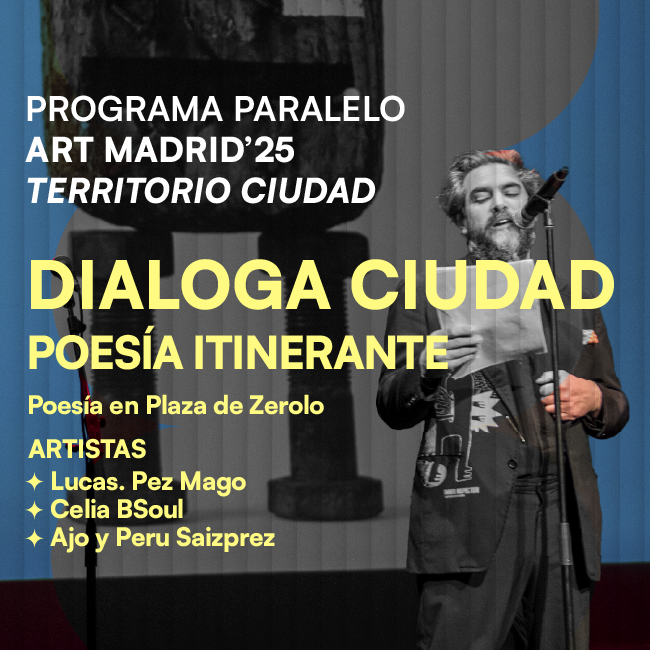SAFE CREATIVE: ITS ALLIANCE WITH ARTISTS ON THE INTERNET
Mar 3, 2024
art madrid

SAFE CREATIVE:
ITS ALLIANCE WITH ARTISTS ON THE INTERNET
Safe Creative, the largest electronic registry of intellectual property online, renews its collaboration with Art Madrid. This time with Arte & Palabra. Conversations with Carlos del Amor, a series of interviews with artists that is part of the Parallel Programme of Art Madrid'24.
IThe Internet presents creators with both a competitive advantage and a number of significant challenges in terms of exposure, performance, discovery, infringement and plagiarism. In 2007, this technology-based copyright registry was created so that Safe Creative could work with artists on the Internet to protect their rights. Today, with generative AI and NFTs, the challenges multiply and we respond to creators and artists of all kinds.
REGISTERING COPYRIGHTS IN THE INTERNET AGE
With the popularization of the Internet over the past 20 years, we have seen the needs of creators shift. We have moved from a limited and local creation and production to a global and massive one with immediate needs for protection and recognition. Registering copyrights in the Internet age must be equally fast, convenient and inexpensive. Safe Creative was born with the goal of providing technology as a tool to create the proofs the artists need before showing their work.
Safe Creative offers a convenient and cost-effective online system that allows any creator to obtain the necessary evidence to prove their copyrights from the comfort of their own home, using their own computer, and instantly register all their works.
THE COPYRIGHT REGISTRATION PROCESS IN THE CONTEXT OF ARTIDICIAL INTELLIGENCES
The need for authorship verification is more important than ever with the advent of Generative Artificial Intelligence (GAI). Registration in the context of AI is critical for two main reasons:
CERTIFY THE CREATIVE PROCESS
The first has to do with the future need for artists to be able to prove that they, and not a Generative Artificial Intelligence, created a particular work: We are only seeing the beginning of Generative Artificial Intelligences, and they will continue to improve over time. Being able to certify the creative process using Safe Creative will be critical to document that the work was, in fact, created by a human.
REGISTRATION OF WORK TO AVOID PLAGIARISM
Generative artificial intelligences are, in fact, fed by previous artistic creations. There is already controversy about the origin of the works that feed these algorithms, and some lawsuits have been filed, the outcome of which will be seen in the coming months and years. This is because they often use works not only from the public domain, but also from contemporary creators and artists, allegedly in violation of their rights.
Registering the work to defend against plagiarism provides an element to use in case it is used by one or more artificial intelligences in the future. Logically, informing of the fact of registration when the work is presented helps to deter traditional plagiarism by people who directly copy the work of other artists, and it helps to defend the copyright if the work is eventually used without the express authorization of the creator or owner.

ONLINE EXHIBITION AND SALE OF WORKS
Promoting yourself on the Internet and social networks is here to stay. Getting a name, setting up an online gallery, or combining physical presence in galleries and online are not questions of whether to do it, but how to do it as soon as possible and in the best possible way.
CONCLUSIONS
By law, rights exist when the work is created, and technological registers are the best tool to demonstrate the existence of these rights quickly and immediately, permanently and worldwide.
The artist can certify his creative process, register the work, show the work with its registration to discourage plagiarism and now also exhibit, sell and license his work. Each creator can use the tool as they wish and in combination with a physical presence in all types of galleries, whether virtual or physical, with the greatest security that technology can offer today worldwide.


